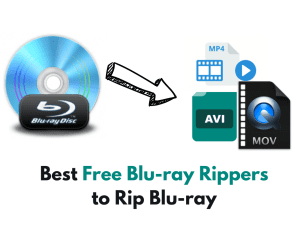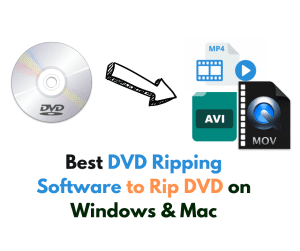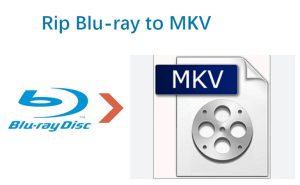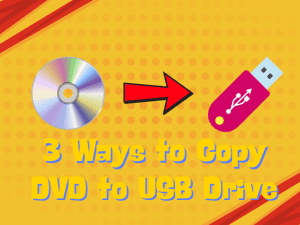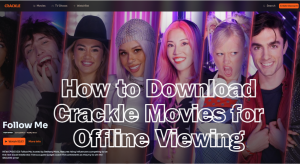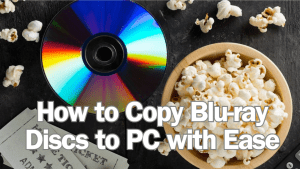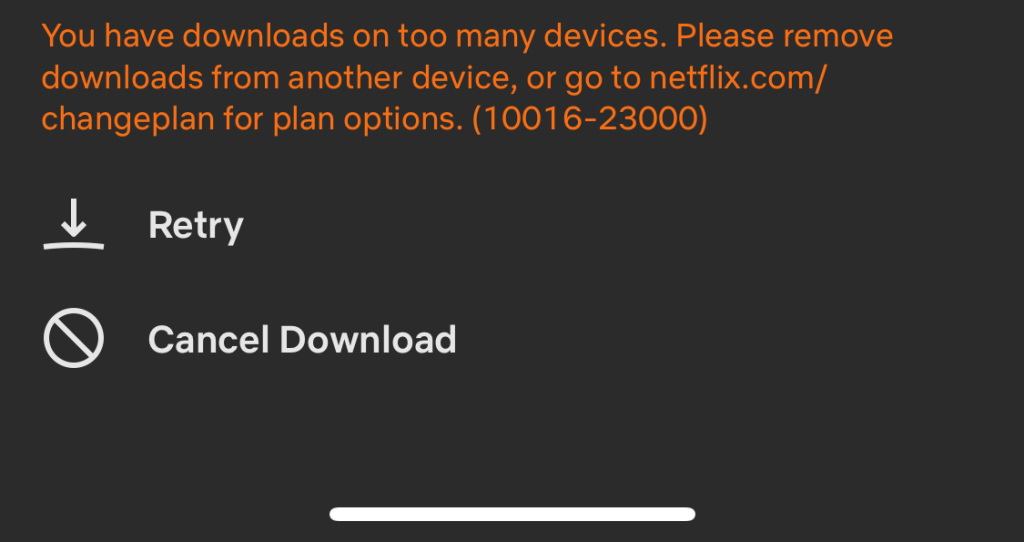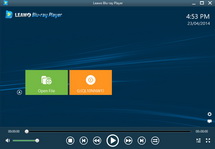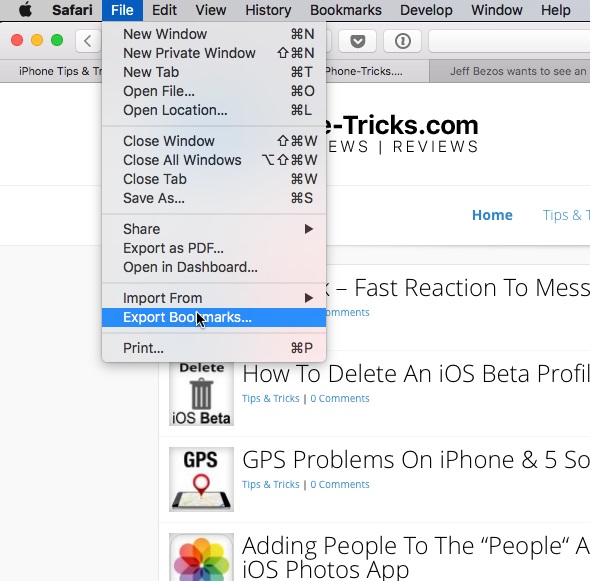Last updated on 2013-06-13, by
What is Facebook
Launched in February 2004, owned and operated by Facebook, Inc., Facebook is a popular free social networking website that allows registered users to create profiles, upload photos and video, send messages and keep in touch with friends, family and colleagues. As of September 2012, Facebook has over one billion active users, more than half of whom use Facebook on a mobile device. Users must register before using the site, after which they may create a personal profile, add other users as friends, and exchange messages, including automatic notifications when they update their profile. Additionally, users may join common-interest user groups, organized by workplace, school or college, or other characteristics, and categorize their friends into lists such as “People From Work” or “Close Friends”.
The site, which is available in 37 different languages, includes public features such as:
- Marketplace – allows members to post, read and respond to classified ads.
- Groups – allows members who have common interests to find each other and interact.
- Events – allows members to publicize an event, invite guests and track who plans to attend.
- Pages – allows members to create and promote a public page built around a specific topic.
- Presence technology – allows members to see which contacts are online and chat.
- Voice calls – Since April 2011, Facebook users have had the ability to make live voice calls via Facebook Chat, allowing users to chat with others from all over the world. This feature, which is provided free through T-Mobile’s new Bobsled service, lets the user add voice to the current Facebook Chat as well as leave voice messages on Facebook.
- Video calling – On July 6, 2011, Facebook launched its video calling services using Skype as its technology partner. It allows one-to-one calling using a Skype Rest API.
- Following – On September 14, 2011, Facebook added the ability for users to provide a “Subscribe” button on their page, which allows users to subscribe to public postings by the user without needing to add them as a friend. In conjunction, Facebook also introduced a system in February 2012 to verify the identity of certain accounts. Unlike a similar system used by Twitter, verified accounts do not display a special verification badge, but are given a higher priority in a user’s “Subscription Suggestions”. In December 2012, Facebook announced that due to user confusion surrounding its function, the Subscribe button would be re-labeled as a “Follow” button—making it more similar to other social networks with similar functions.
- Like button – The like button is a social networking feature, allowing users to express their appreciation of content such as status updates, comments, photos, and advertisements. It is also a social plug-in of the Facebook Platform – launched on April 21, 2010 – that enables participating Internet websites to display a similar like button. Continuously liking any contents of one’s friend will cause flooding of notifications on his/her part and Facebook will display message to the liker stating that (s)he must slow down; (s)he must wait for five minutes in order for him/her to continue liking.


